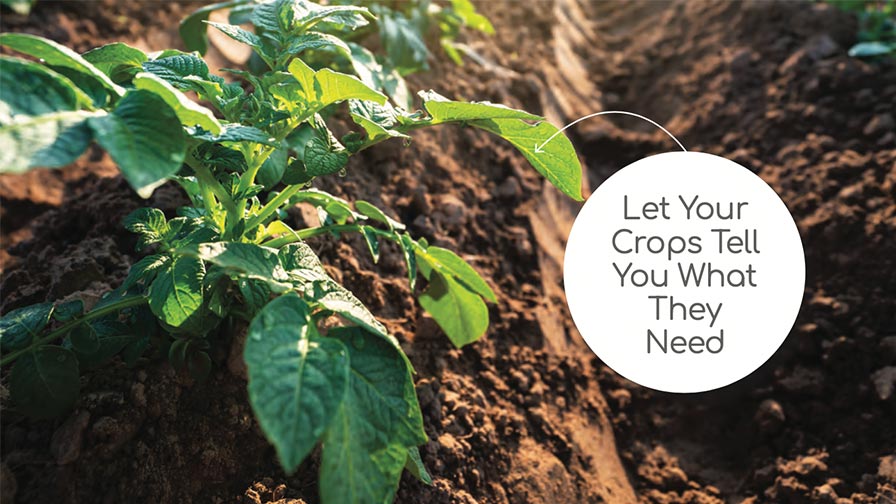Web-based Tools to Help You Predict Pest Pressure
You are never alone in the seasonal battle against major insect and disease pests. University Extension offices across the country have set up a variety of Web-based tools that can help you predict when pest pressure will be at its heaviest, and then make accurate and informed decisions on how to control them.
Here’s a brief look at a couple of the options you might be able to use, and a few of the highlights of each of them. While these are tailored to specific states, keep in mind that your own state Extension program may have similar resources.
Aiding Your Decisions
Washington State University (WSU)’s Decision Aid System was first launched in 2007 and has since evolved into a user-friendly tool.
• The system works by connecting users to one of WSU’s AgWeatherNet stations that is closest to their orchards.
• The user selects which crops are grown, which insect, disease, or horticultural models they are interested in, and if the orchard is organically or conventionally managed. The insect and disease models can be viewed three different ways (by station, by model, or by a customizable group of stations).
• Insect and disease conditions are projected up to 10 days, which gives growers time to plan and implement management tactics.
• DAS provides a Mini Spray Guide that lists all WSU recommended organic or conventional pesticides for the particular pest, depending on crop type and crop stage.
• Another feature of DAS is the Historic Weather Data Center where the user can view and compare insect and disease conditions from past months and years.
• DAS supports basic user-entered weather data to run insect models for users who have their own weather stations. This feature is particularly beneficial for users who want accurate site-specific model predictions for orchards in areas where no AgWeatherNet stations are near by.
NEWA For New York
The New York State IPM Network for Environment and Weather Applications (NEWA) site is designed to calculate crop and pest developmental stages, determine pest status, and help growers determine when pesticide sprays might be necessary, and which materials to use.
• The user selects a pest from a dropdown menu and then selects a weather station by clicking on a map or using the drop down menu.
• A results page contains information such as the accumulated number of degree days, the predicted phenological stage, and a thumbnail of what the tree bud stage should look like.
• A filter gives you a choice as to whether you’re concerned with moderate or high pressure. You can also designate the kind of management program you’re running, whether it is conventional or organic, as well as whether you’re interested in reduced-risk products.
• The site generates a series of pesticide product profiles, with a snapshot of the basic information about each material including trade names, rates, re-entry and postharvest intervals, and general remarks about their use in controlling various pests.
• The website prediction can be adjusted and fine tuned according to field operations. For instance, if you were looking at codling moth prediction on May 8, it gives you the accumulated number of degree days since the first of the year and tells you that the first generation of moths is expected to emerge. But if you have traps out in the field and you caught your first moth the previous day, you can click on the first trap catch window at the top and enter the date you caught your first moth.
• Pest status messages, including historical degree day accumulations and records, help you determine the ease in which you can monitor to determine the accuracy of the website predictions.
One note on the NEWA site: As of July 31, 2010, funding for NEWA was eliminated in the New York State IPM Program. While this does not mean the site is no longer usable, it does eliminate technical support, and forces the user to make their own software upgrades.
Keep in mind that your state may have its own Web-based pest prediction program. Contact your local Extension office for more information.










